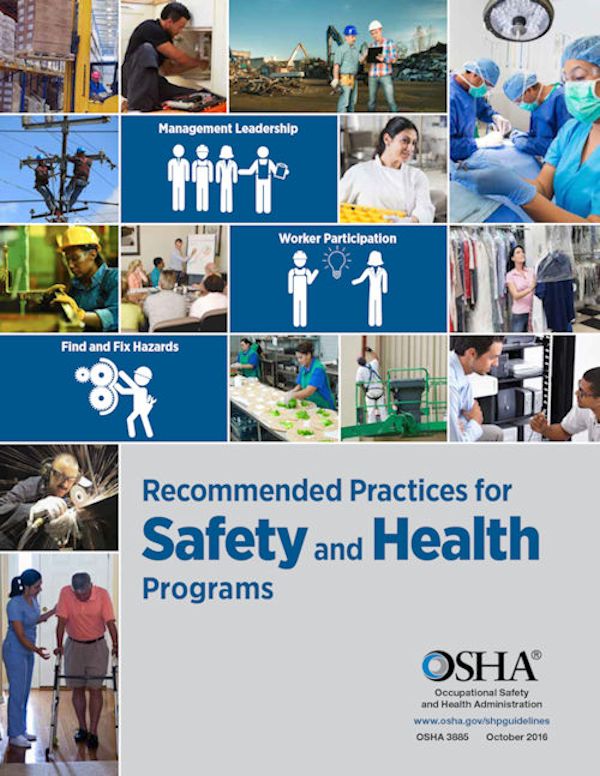The Seven Core Elements
Introduction
OSHA's Recommended Practices promote a step-by-step approach to implementing safety and health programs within seven core safety management system elements.
The seven core elements in a Safety and Health Management Program are interrelated and are seen as part of an integrated system. Actions taken under one core element will affect actions required in one or more of the other elements.
For example, workers must be trained in reporting procedures and hazard identification techniques to be effective participants. Thus, the "Education and Training" core element supports the "Worker Participation" core element.
Progress in each of the seven core elements is essential to achieve maximum benefit from any one program element.
Below are the seven core elements:
- Management Leadership
- Worker Participation
- Hazard Identification and Assessment
- Hazard Prevention and Control
- Education and Training
- Program Evaluation and Improvement
- Multi-employer Communication and Coordination
Implementing these recommended practices also brings other benefits. Safety and health programs help your company:
- prevent workplace injuries and illnesses
- improve compliance with laws and regulations
- reduce costs, including significant reductions in workers' compensation premiums
- engage workers
- enhance their social responsibility goals
- increase productivity and improve overall business operations
Knowledge Check Choose the best answer for the question.
1-1. The seven core elements in a Safety and Health Management System are best viewed _____.
You forgot to answer the question!

